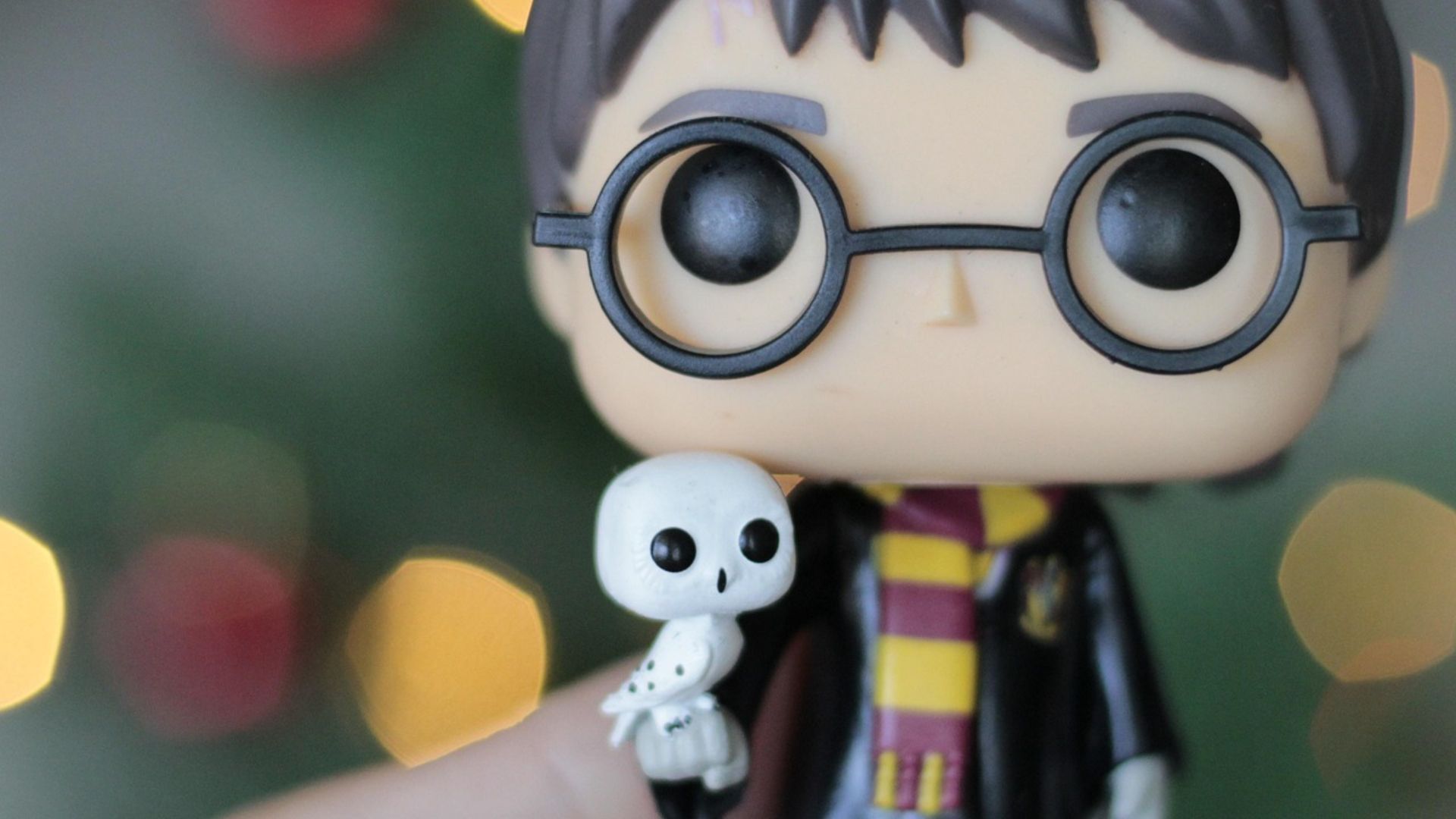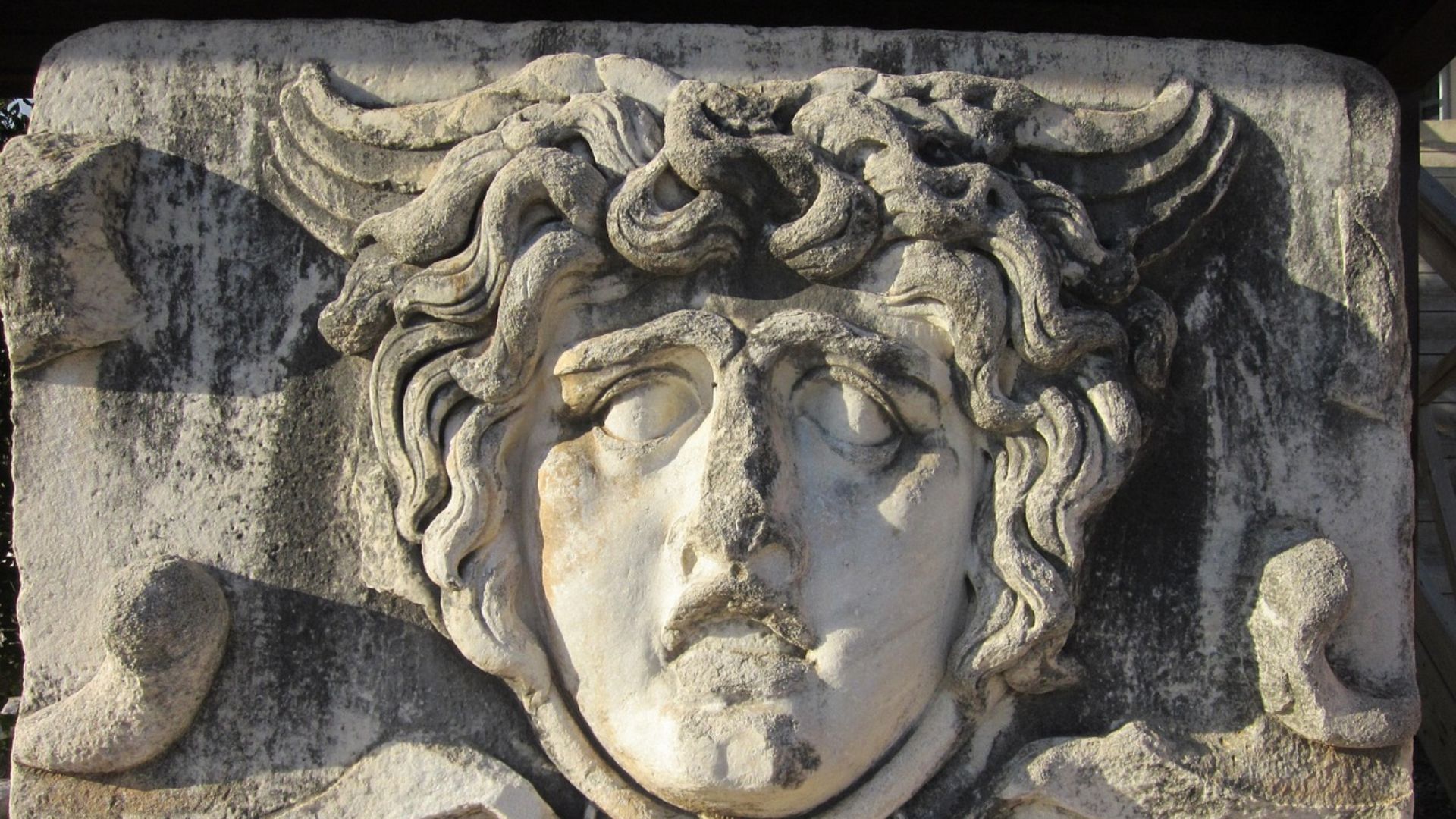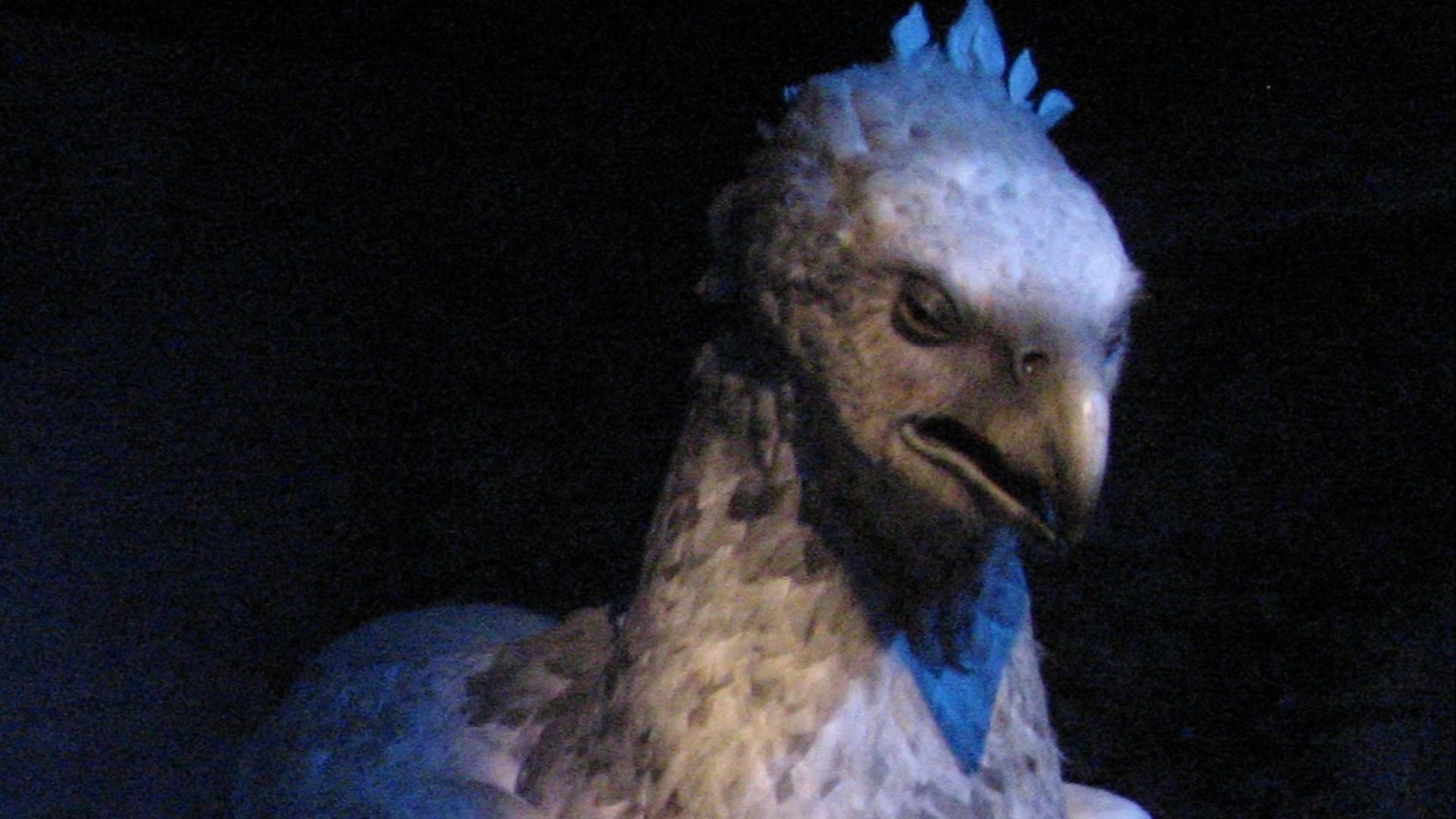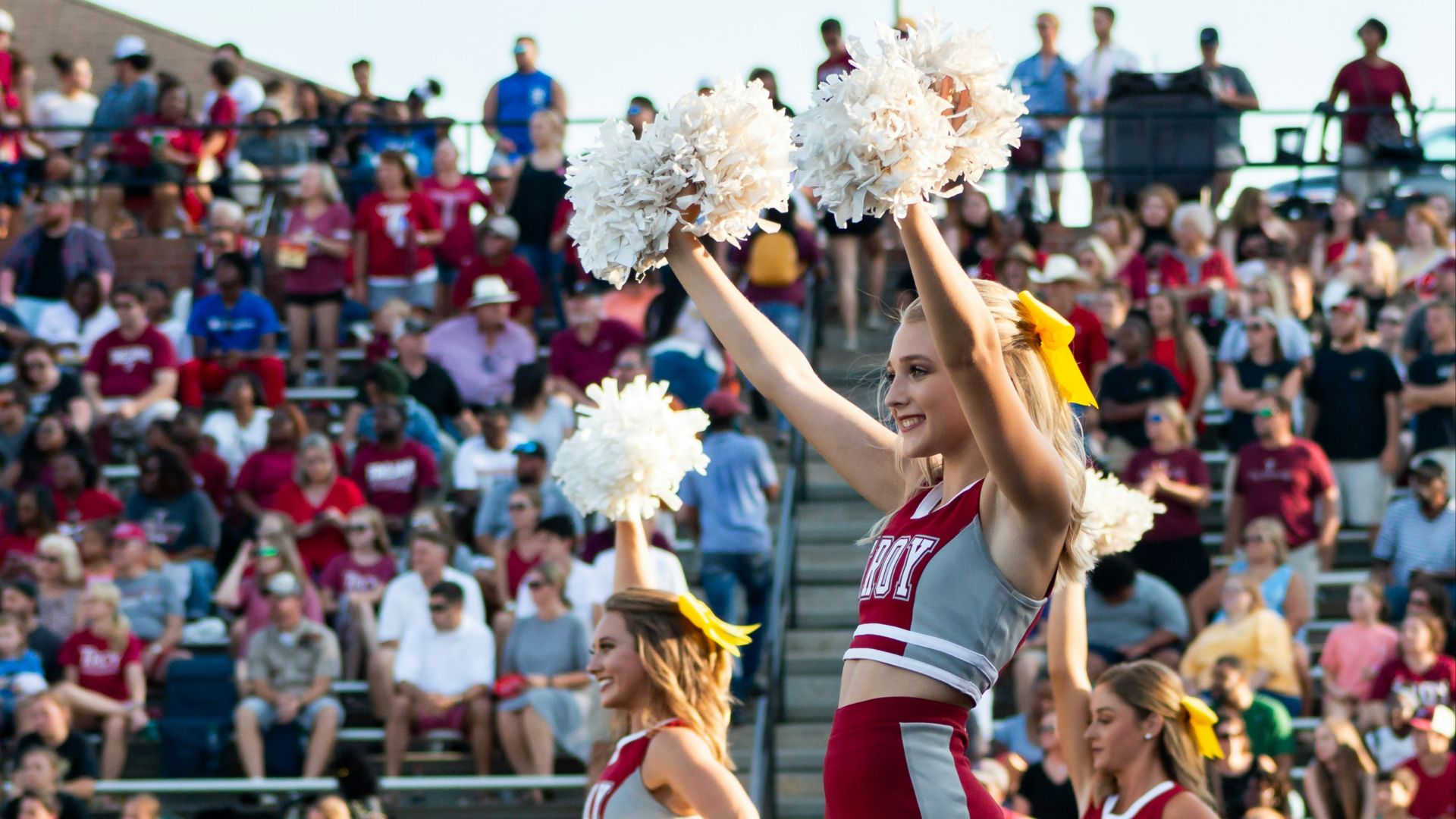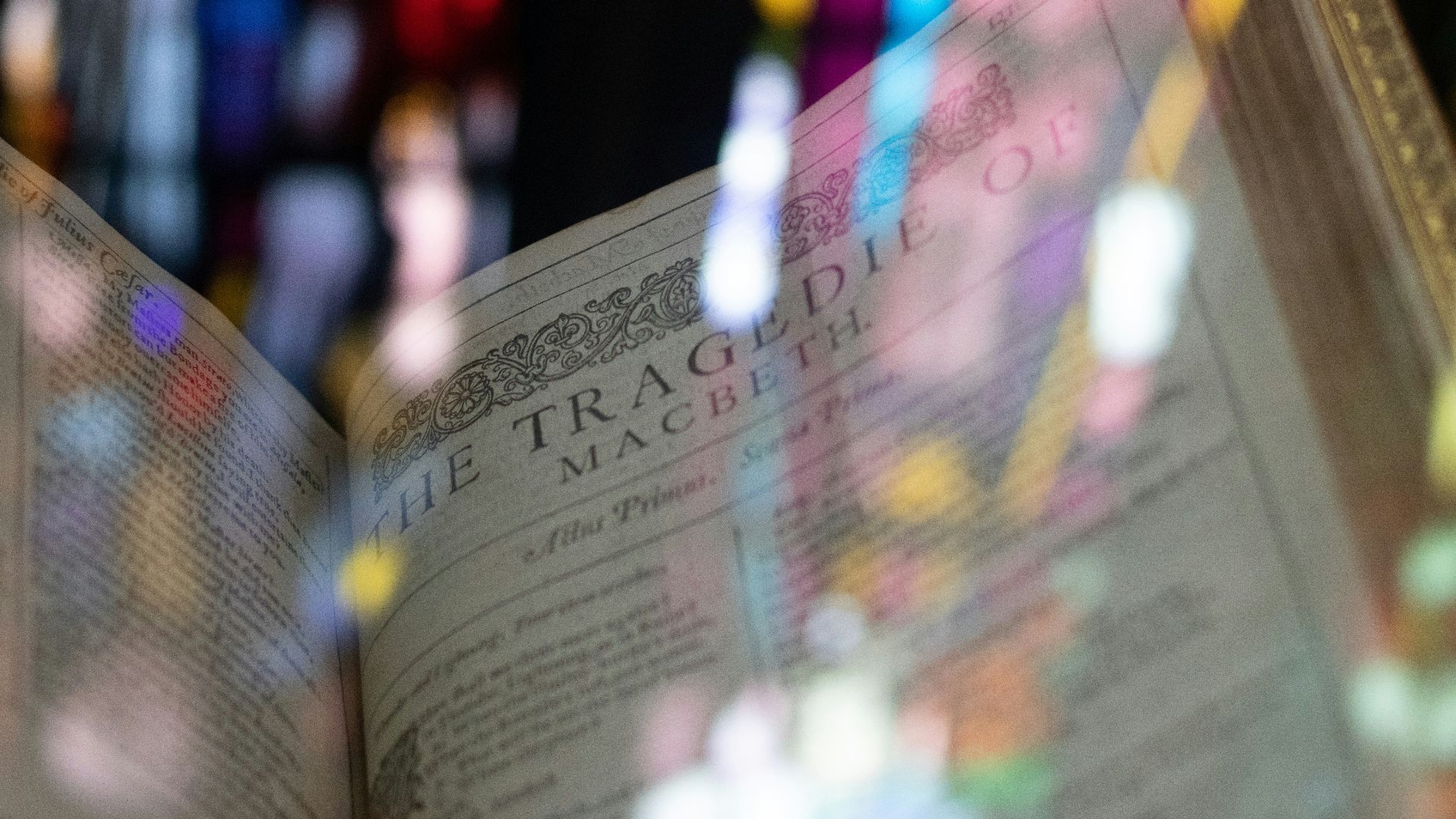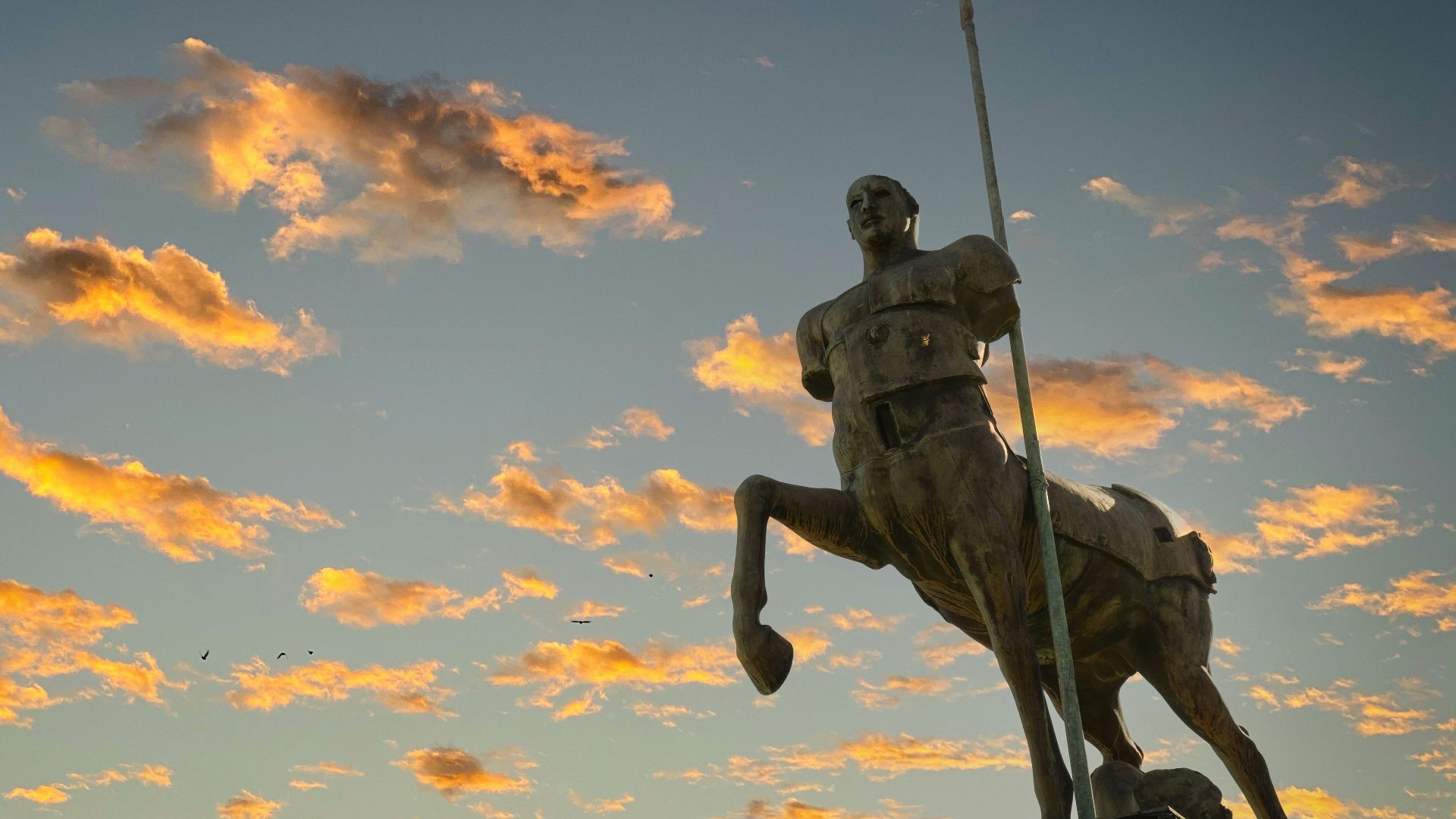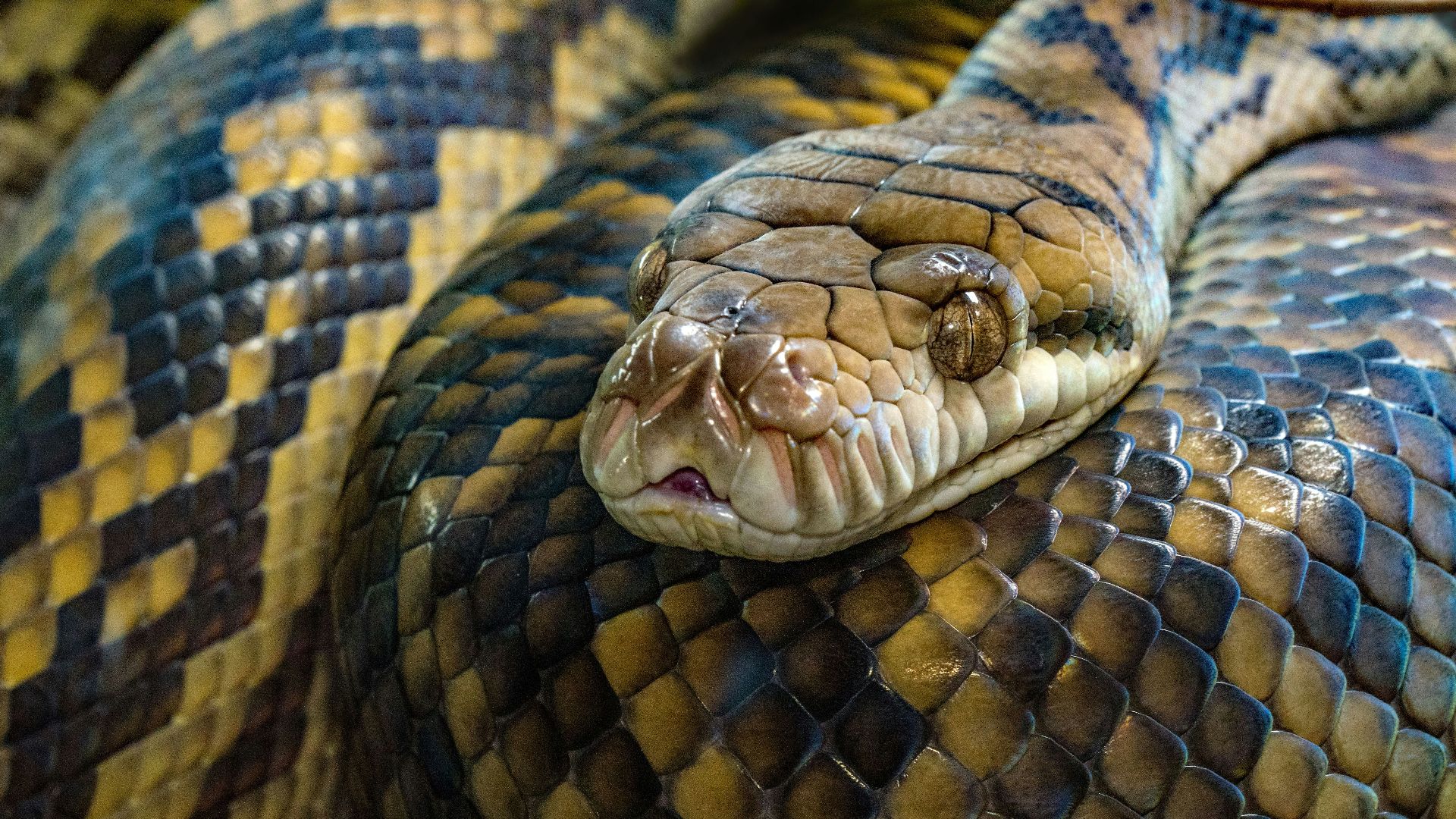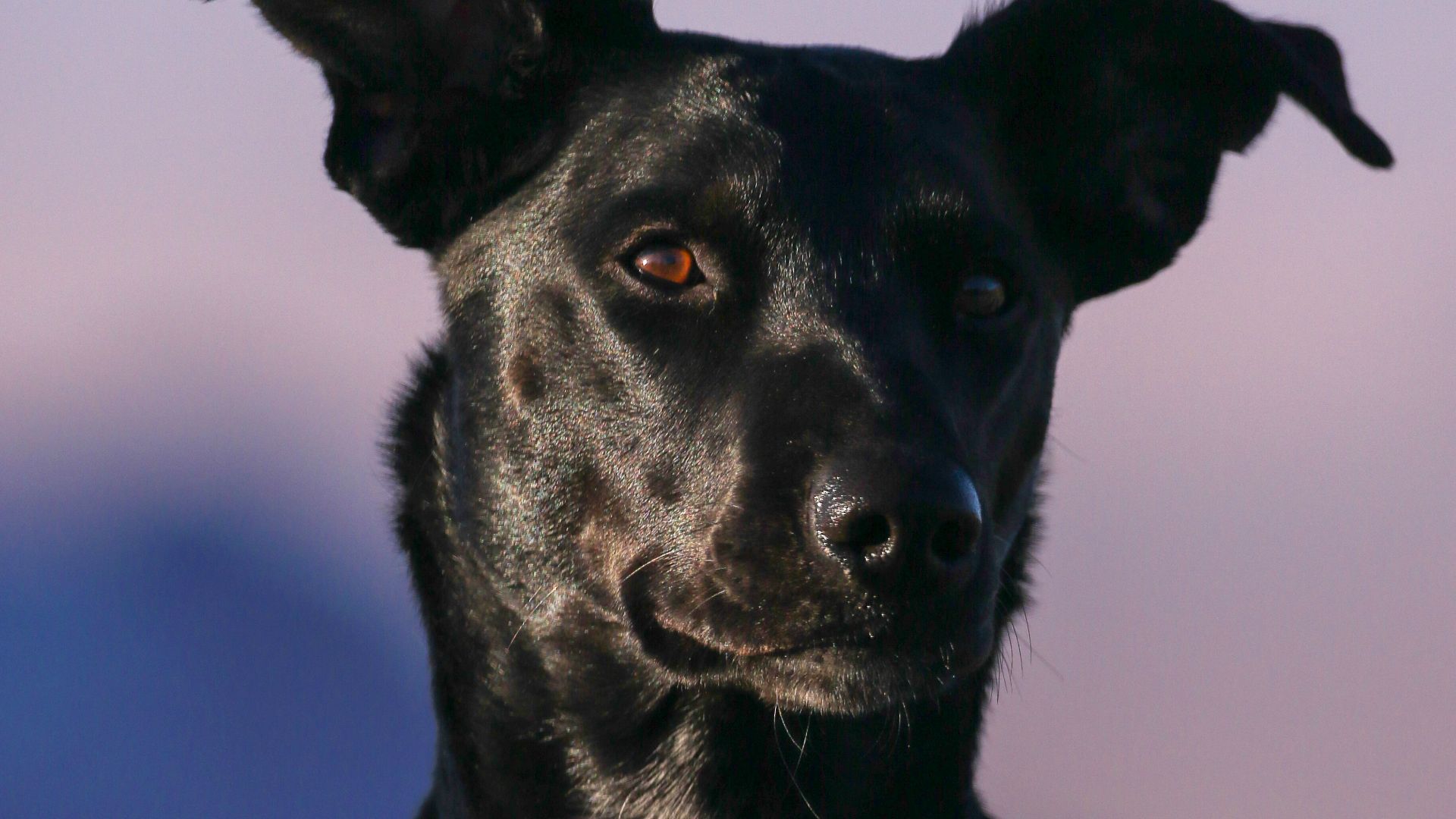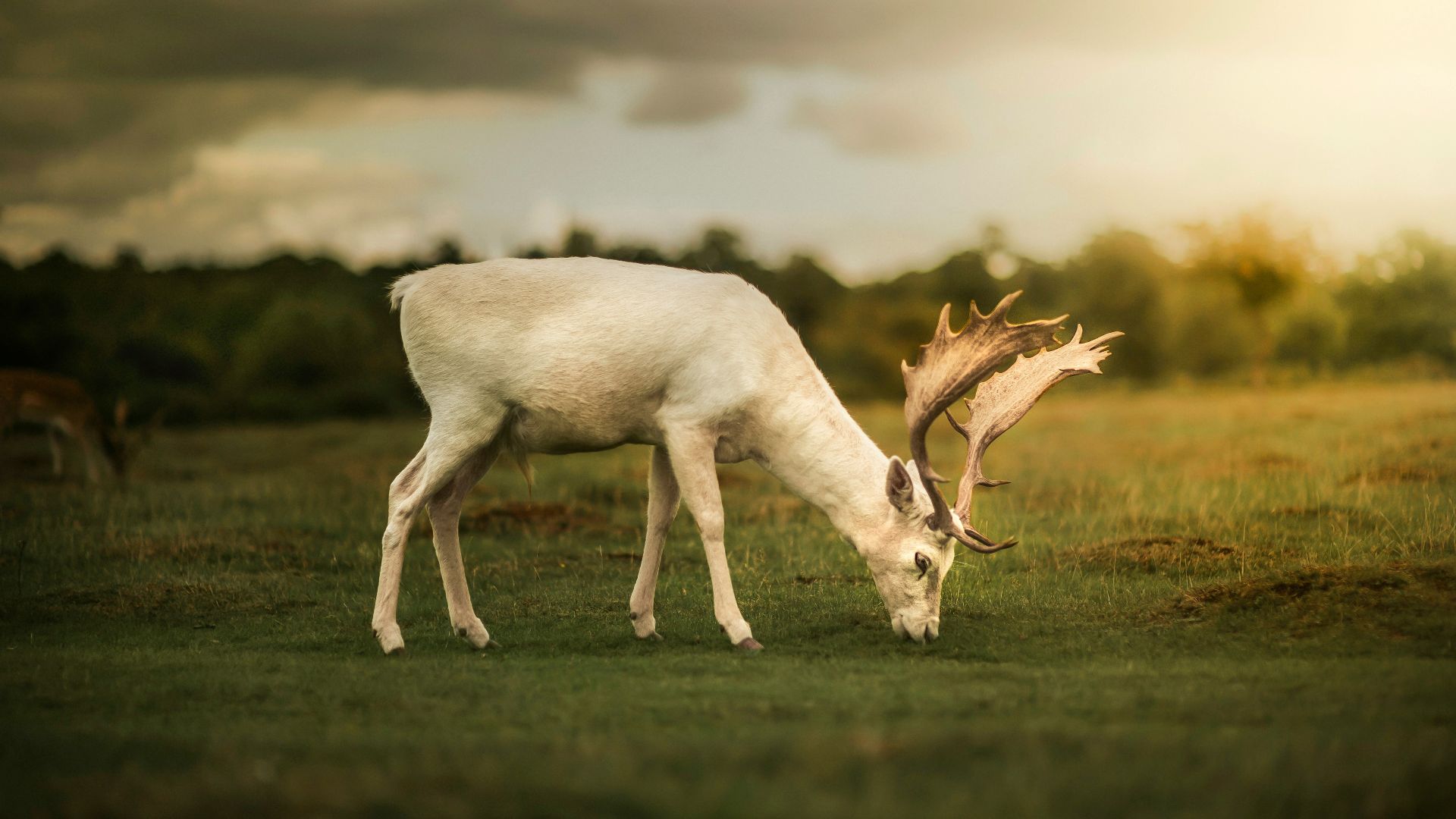20 Mythological References in Harry Potter You Didn't See The First Time
How Many Did You Notice?
Not only did J.K. Rowling's iconic seven-book series get a whole generation of kids reading, but it snuck in some ancient mythology too. Rowling, having minored in classics, borrowed heavily from Greek, Roman, and European mythology to create the fantastic beasts and characters that color the wizarding world. Here are 20 mythological references in Harry Potter you might've missed.
1. The Three-Headed Dog
In the first Harry Potter book, Harry, Ron, and Hermione have to get to the Sorcerer’s Stone before evil does, but a three-headed dog named Fluffy guards it. This monster is a reference to Cerberus, the three-headed dog that guards the underworld in Greek mythology.
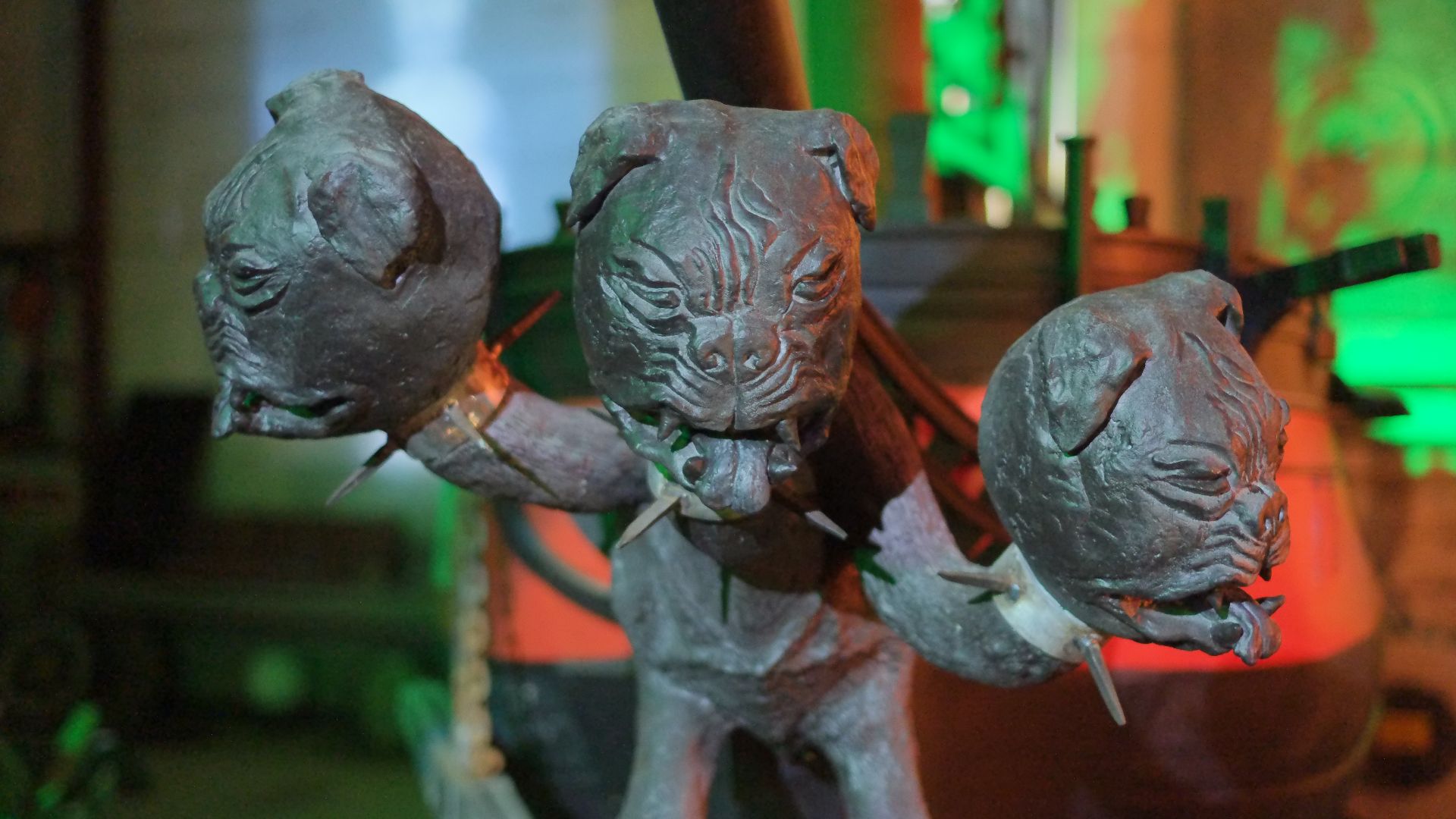 Pseudopanax at English Wikipedia on Wikimedia
Pseudopanax at English Wikipedia on Wikimedia
2. The Basilisk
The basilisk is a giant snake that shows up in the second book. Anyone who looks at it is immobilized–a reference to Medusa, a woman in Greek mythology with snake hair who turns her victims to stone with her gaze.
3. Remus Lupin
The Defence Against the Dark Arts professor introduced in the third book, Remus Lupin, shares a name with one of Rome’s founders who, according to the Roman legend, was raised by wolves. It’s later revealed that Professor Lupin is a werewolf so it’s a very fitting name.
 Marc-Olivier Jodoin on Unsplash
Marc-Olivier Jodoin on Unsplash
4. Mermaids
Mermaids, who make an appearance in the fourth book, were not made up by J.K. Rowling, nor were they a Disney invention. They were monsters in Homer’s The Odyssey, who lured sailors to their death.
5. Hippogriffs
The third book introduces Buckbeak, a hippogriff under Hagrid’s care. Hippogriffs are half-horse and half-griffin creatures in Greek mythology. They’re a symbol of love so it seems only fitting that Harry used Buckbeak to rescue his beloved godfather from Azkaban.
6. The Protean Charm
In the fifth book, Hermoine uses the protean charm to summon Dumbledore’s army. It’s a reference to a figure from Greek mythology, Proteus, the servant of Poseidon who could sneakily transform into any creature.
7. The Veela
Veelas were brought in in the fourth book as cheerleaders of sorts for the Bulgarian team at the Quidditch World Cup. In Slavik folklore, veelas are breathtakingly beautiful and charming women who morph into birds or snakes and throw fire when they’re angry.
8. The Weird Sisters
The Weird Sisters are a wizard rock band referenced throughout the books. J.K. Rowling took the name from the three witch sisters in Shakespeare’s Macbeth but it dates even further back to old British legends.
9. Hermione
Hermione shares a name with a character in Shakespeare’s The Winter’s Tale but it's also a reference to the Greek mythological figure, Hermes. He was a messenger for the gods known for his smarts and quick thinking, a fitting namesake for the genius of Gryffindor.
10. Centaurs
Another creature borrowed from Greek mythology is the centaur, a half-man, half-horse being that lives in the Dark Forest. Unlike the original Greek creatures which were considered wild and lawless, centaurs in Harry Potter are actually quite intelligent and gentle.
11. Kappas
Kappas are bloodthirsty water-dwelling monsters introduced in one of Professor Lupin’s classes in the third book but they’re actually derived from Japanese folklore. In the original myth, they’re depicted as reptilian-like beings obsessed with politeness which is why in Harry Potter, Lupin teaches the class to bow to it as it will bow back and spill the water retained on its head, weakening it.
12. Nagini
Nagini is Voldemort’s snake that’s always by his side, and she's also one of his horcruxes containing a piece of his soul. Her name comes from Eastern mythology–naga meaning snake in Sanskrit. According to Buddhist legend a magical snake protected the meditating Buddha from storms.
13. Dragons
Perhaps the most obvious mythological reference in Harry Potter is the fearsome and awe-inspiring dragons that the contestants of the tri-wizard cup must face in the fourth book. They’ve appeared in the legends of many different cultures around the world and have been depicted as horned, winged, fire-breathing creatures since the Middle Ages.
14. Unicorns
The unicorn myth goes as far back as ancient Mesopotamia where it was painted in early artworks. When Professor Grubbly-Plank mentions to the class at Hogwarts that unicorns prefer girls, it’s a reference to old English Renaissance legends that said the wild woodland creatures could only be tamed by females.
15. The Dark Mark
The Death Eaters’ dark mark which Voldemort uses to summon all his evil followers was inspired by the Devil’s Mark, a superstition from the Middle Ages. The Devil’s mark indicated to early witch hunters that the individual has a pact with the Devil. It could be anything from a mole to a freckle.
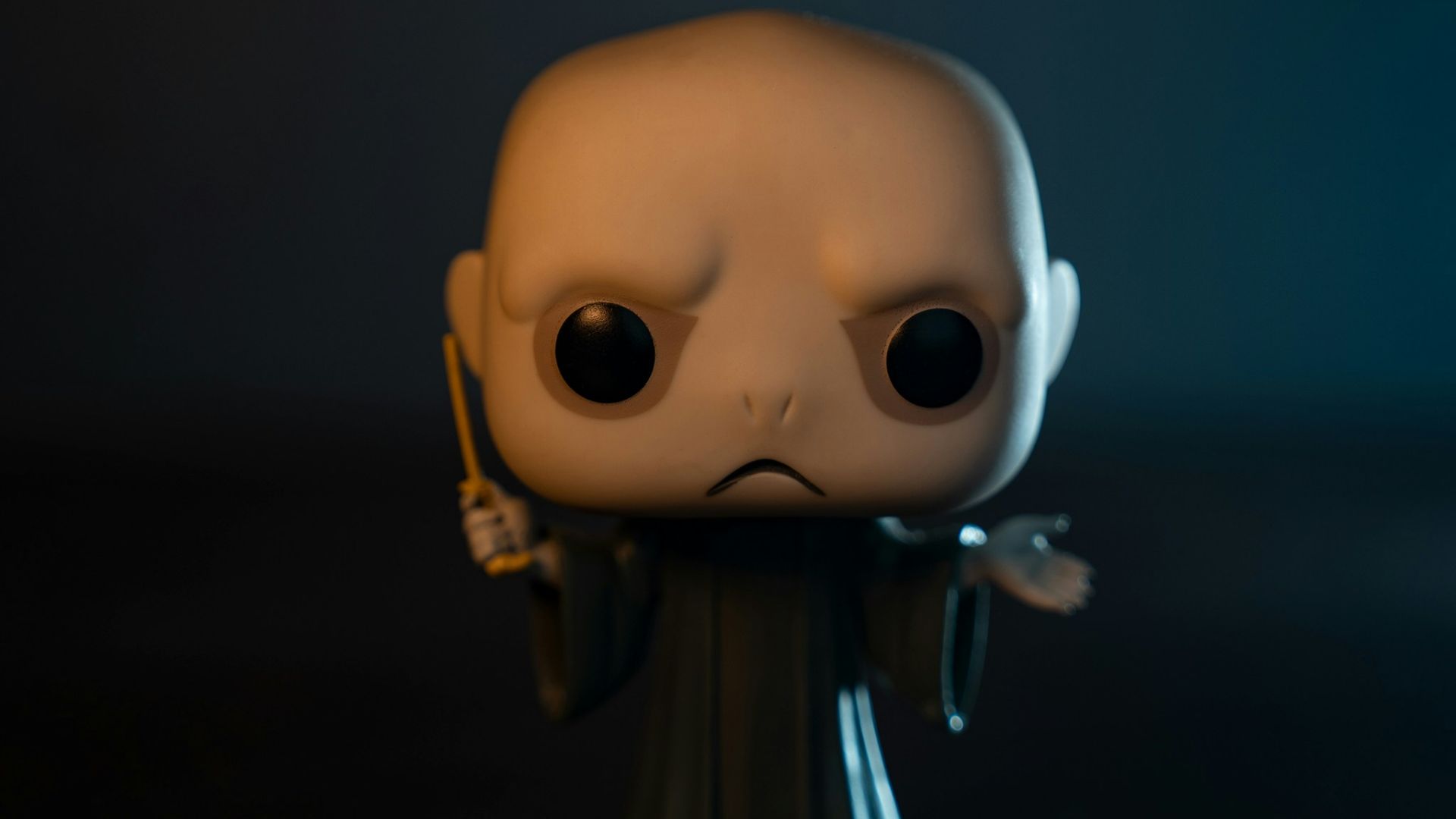 Debashis RC Biswas on Unsplash
Debashis RC Biswas on Unsplash
16. Padfoot
Sirius Black, Harry’s godfather who transforms into a big black dog has the nickname Padfoot. In Britain, there are many versions of legends involving big magical black dogs as guards, one particular one in Staffordshire calls the beast Padfoot.
17. Quirinus Quirrell
You might remember the nervous and stuttering Professor Quirrell from the first book. He was playing host to Voldemort’s face on the back of his head, hidden beneath a turban. His name is a reference to the Roman god Janus Quirinus who has two faces.
18. Argus Filch
Argus Filch was the everso-watchful caretaker of Hogwarts. His first name comes from a Greek mythological monster with one hundred eyes and his surname is a synonym for stealing.
19. The White Deer
Harry’s patronus–the white deer–is significant in Celtic mythology. It’s a symbol for the afterlife or otherworld which is fitting as it was also Harry’s father’s patronus. In legends, the white deer often foreshadowed a quest.
20. Lily and Petunia
In the Victorian era, each flower had a meaning. Harry’s mother’s name is Lily, the flower that symbolizes beauty and purity, and in Greek mythology, they’re a symbol of motherhood. Lily’s unpleasant sister Petunia on the other hand is named after the flower associated with fury and bitterness.


